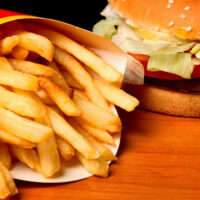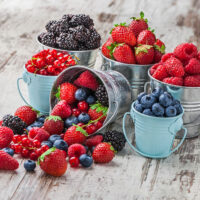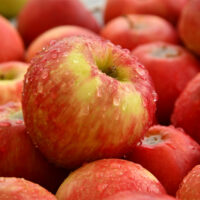Basic laundry dos and don’ts to keep clothes looking new

Proper laundry care is essential to maintain the quality and durability of clothes. To achieve this, it is crucial to adhere to a set of dos and don’ts when doing the laundry. These guidelines not only ensure effective cleaning but also help prevent common laundry mishaps. Following some basic rules and best practices can help transform the way laundry is done and help keep clothes looking as good as new.
Dos
Read the labels
Always check the care labels on all clothing before washing. They provide essential information about the recommended water temperature, washing instructions, and drying methods.
Sort the laundry
Separate laundry into different piles based on colors and fabric types. Wash whites and light colors separately from darks to prevent color bleeding. Also, separate delicate items from heavier fabrics to avoid damage.
Use the right detergent
Using a gentle detergent for delicate fabrics and a regular one for everyday items is recommended. Moreover, following the amount specified on the detergent label is important.
Follow water temperature guidelines
Pay attention to the recommended water temperature on the care labels. Hot water can shrink or fade some fabrics, while cold water is gentler on clothes. When in doubt, use a cold wash.
Clean the washing machine
Clean the washing machine regularly to prevent mold, odors, and mildew. Running an empty cycle with hot water mixed with vinegar generally keeps it fresh and functioning well.
Don’ts
Don’t overload the machine
Avoid overloading the washing machine, as this can lead to inefficient cleaning and excessive wear on the appliance. Follow the manufacturer’s recommendations for load size.
Don’t mix colors
Never wash white or light-colored clothes with dark or brightly colored items, as color bleeding can occur. Separate the laundry properly to preserve the vibrancy of clothes.
Don’t use too much detergent
Using excess detergent does not necessarily make clothes cleaner and can lead to soap residue buildup. Follow the recommended amount on the packaging.
Don’t ignore stains
Treat stains promptly before washing. Not doing so can make stains set in, making it difficult to remove them later. Use appropriate stain removers or pre-treat with a bit of detergent.
Don’t overdry clothes
Avoid over-drying clothes, as it can lead to shrinkage and fabric damage. Use the appropriate dryer settings and remove clothes promptly when they are dry or slightly damp to prevent wrinkles.
Incorporating these simple yet essential practices into one’s laundry routine can ensure that clothes stay clean and durable in the long run.





